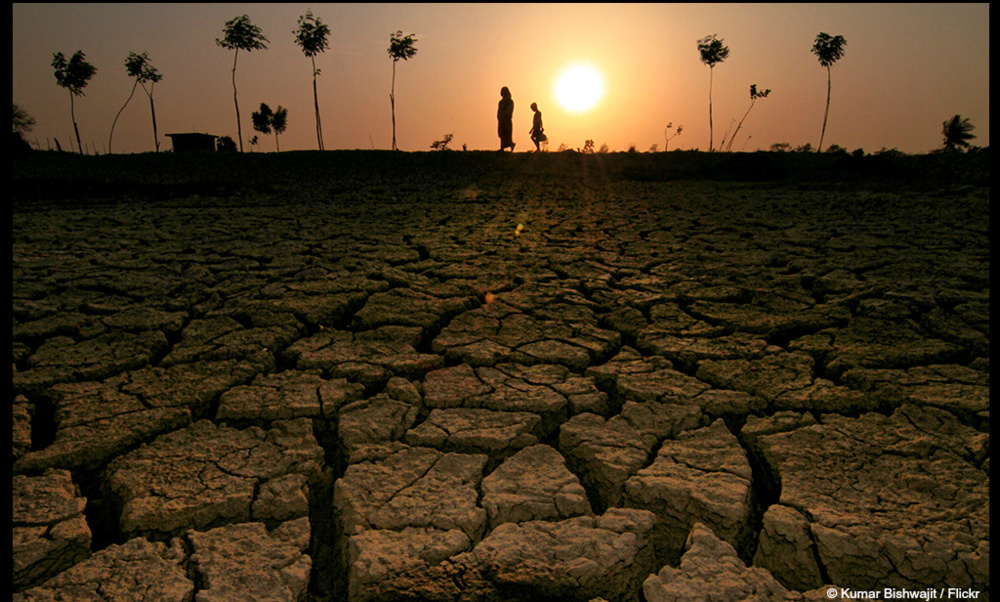
Climate change and livelihoods loss: A crisis without recognition
Rising temperatures are a significant driver of permanent migration among poor farmers in Indonesia, according to a recent study. It found that temperature increases, due to their long-term effects on household income, were a far more significant driver of migration than extreme events such as floods. Based on the results, the researchers further estimated that a two degree increase in temperature could force up to 5% of the population to migrate by the end of the century.
Climate change is expected to cause similar trends to emerge in vulnerable communities throughout the world, driving climate refugees to migrate both within and across borders. Studies in Bangladesh and Pakistan confirm the findings in Indonesia. They suggest that whilst the impacts of extreme events have relatively minor effects on population mobility in the long-term, income loss associated with the impacts of elevated temperatures and rainfall variability on agriculture was a far more significant driver of permanent migration.
EJF's Home Truths campaign has identified the influence of climate change on livelihoods as an important driver of forced displacement. Haredo Jimale told us how she had to walk for 8 days from Southern Somalia to get to Dadaab refugee camp in Kenya after drought decimated her crops. She was one of the thousands of Somalis to be granted prima facie refugee status between 2010 to 2012, even though they were fleeing drought and not persecution.
Climate refugees are often associated with the immediate, dramatic and visible consequences of climate change and their movement is typically framed as being driven by such extreme events. However, as these studies highlight, there is a silent and more significant crisis emerging - a crisis in which the link between climate change and involuntary movement is less apparent. On the surface, the driving force for migration is often economic, as people seek to adapt to livelihoods stress by migrating in search of alternative sources of income and opportunities. Only at a closer look does the climatic link become evident.
As climate change unfolds a significant number of climate refugees are expected to migrate as a result climatic changes that affect the long term viability of their livelihoods. However, the international community currently understands such climate refugees to be economic migrants who move voluntarily. International laws and policies fail to acknowledge that their migration is, in fact, a form of displacement. As a result there is a gap in international legal protection and assistance. This is particularly true for those who are forced to migrate across borders given that they have no rights to admission to another country or protection under human rights law.
A prerequisite to addressing this protection gap is international recognition that the loss of sustainable livelihoods due to climate change can and does force migration and that such 'crisis migration' is not entirely voluntary. Whilst consultative efforts to tackle this emerging issue are a step in the right direction, the global community urgently needs to establish an international protection agenda that systematically addresses climate-induced displacement in all its forms.
SIGN UP FOR OUR EMAILS AND STAY UP TO DATE WITH EJF